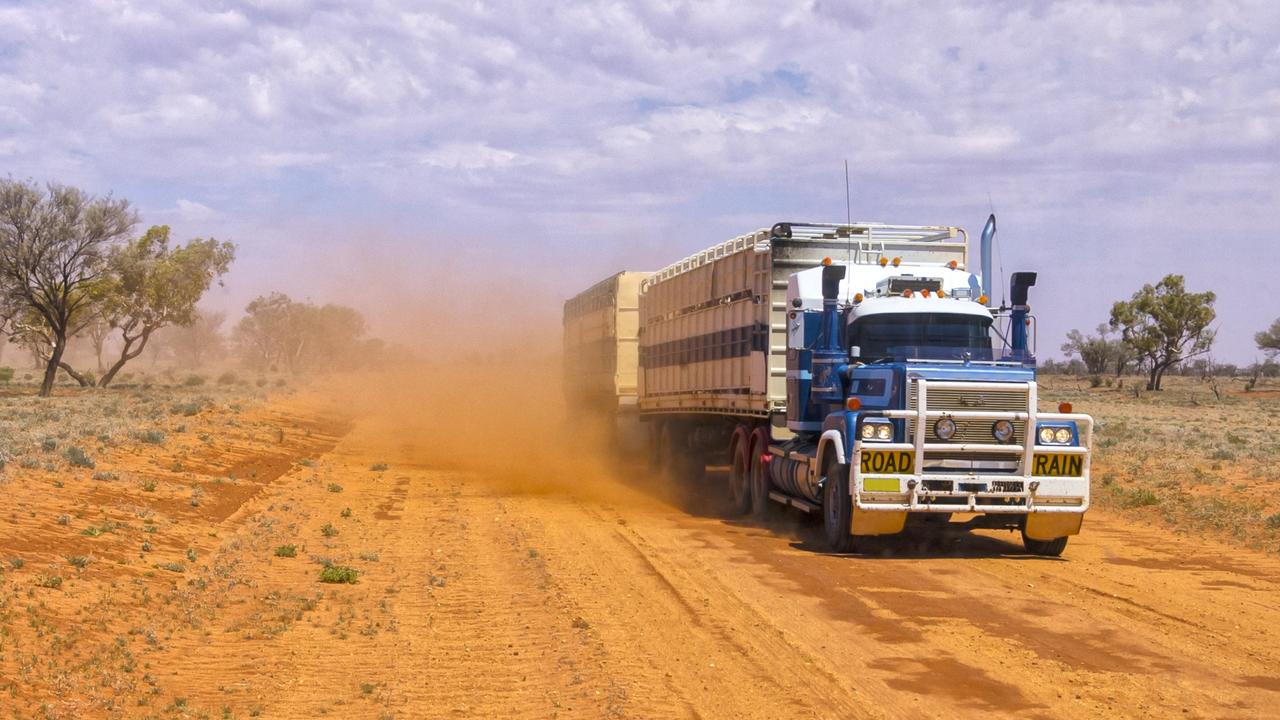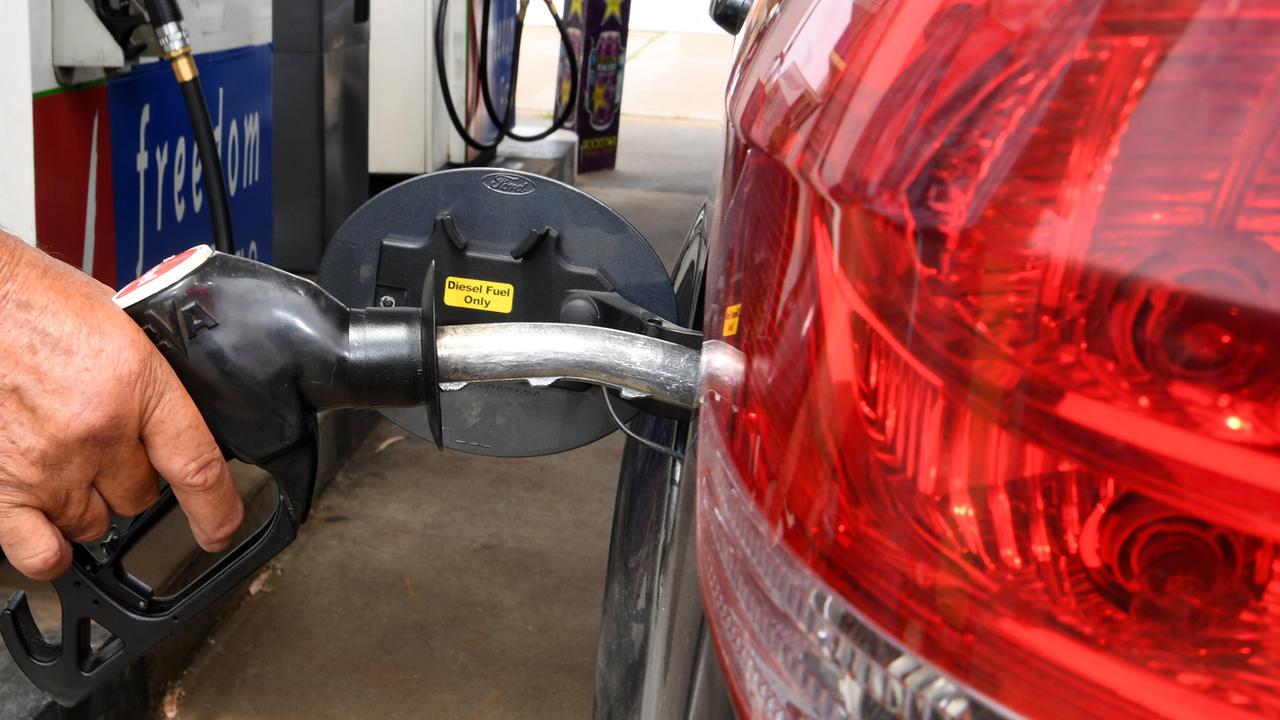Healthy diet can chew up 60 per cent of income in remote regions
Soaring prices and lower incomes means living a healthy lifestyle is no longer affordable for some Australians living in these communities.
QLD News
Don't miss out on the headlines from QLD News. Followed categories will be added to My News.
Food and fuel prices are becoming increasingly unsustainable for many Aussies living in remote and regional areas, with experts calling for governments to introduce subsidies or excise cuts to help those affected make ends meet.
A University of Queensland study into the cost and affordability of a healthy diet found food prices were more than 30 per cent higher in remote areas than in metropolitan cities.
That figure was even more shocking in remote Aboriginal and Torres Strait Islander communities, with residents there paying up to 60 per cent more than their city counterparts.
This story is part of News Corp’s Bush Summit series celebrating rural and regional Australia and championing the issues that matter most to those living in the bush. You can read all of our coverage here.

“Healthy diets can cost over 60 per cent of household incomes in remote Aboriginal and Torres Strait Islander communities,” said University of Queensland School of Public Health emeritus professor Amanda Lee, who was one of the researchers on the report.
“(There are) many reasons (for this) including transport, profiteering along the food chain, etc.
“Also a huge problem is that incomes are much lower in remote communities, yet prices for rent, power, fuel, etc are also higher in remote areas, putting pressure on limited food budgets.”
Those living in regional and even outer regional areas were often spared much of the pricing pain thanks to access to major supermarkets like Coles and Woolworths, with spokespeople from each retailer claiming they run either a statewide or national pricing strategy to keep products costing the same whether its in Brisbane, Ballarat, Victoria or Bega, NSW.
However, Prof Lee said healthy diets had become simply “unaffordable” for all those living in remote areas, forcing many to either go hungry or choose cheaper, less nutritious options like cereal, bread and rice, putting their health at risk.
“Such poor diets lead to high rates of diet-related disease including cardiovascular disease, diabetes, some cancers and renal disease,” she said.
Despite a 2020 parliamentary inquiry into remote food security that raised a number of areas for improvement, Prof Lee said efforts had failed due to a “lack of sufficient resourcing and implementation”.
She called for more to be done, recommending regional and remote community members be provided with everything from free or discounted healthy food to increased financial support or even a visiting healthy food van.
“A major solution would be to provide adequate subsidies so that people living in remote areas are not so economically disadvantaged, and can afford to buy healthy foods and drinks,” she said.
Meanwhile, those in regional or remote areas of Australia were also losing more of their income to fuel than their metro counterparts.
While the average price at the bowser was often relatively similar in metropolitan and regional areas according to data from the Australian Competition and Consumer Commission and the Australian Institute of Petroleum, the real pain was felt in how much fuel regional residents used with schools, shops, and health care providers all geographically dispersed.
“The big issue for regional people isn’t so much the unit cost of the fuel, it’s the fact that they have to burn a lot to get around,” said Mark McKenzie, CEO of the Australasian Convenience and Petroleum Marketers Association, revealing a trip to the doctor may be a three-hour round trip in the bush, compared to 20 or 30 minutes in the city.
“So while it’s not more expensive on the unit price, they are spending more of their household budget on fuel, therefore they’re more sensitive to increases.”

Mr McKenzie said forcing fuel station operators to lower prices in regional areas was not an option as owning and operating a servo cost the same in regional and remote areas as in the city, but the sales in the bush could be as little as a quarter of those in metro areas due to limited clientele.
Mr McKenzie said the easiest solution to help those in regional areas doing it tough was for the government to offer a “regional discount”. This would mean the federal government giving up some of the money it earns on fuel, with it currently charging a 50.6c per litre fuel excise, plus GST, which equates to roughly 20c per litre with current prices.
“They (the federal government) lose less revenue in those areas because you sell a lot less fuel in regional and rural areas then we do in metro areas, so you would not do it in a metro area. But you’d say because people have to travel further we’re going to operate a differential excise scheme that differentiates between regional rural sales and metro sales,” he said.
A subsidy was another option, as was consumers in regional areas receiving a direct concession either applied at the pump or through their annual tax claim. Though Mr McKenzie admitted these would be harder to implement.
He also recommended that truck drivers be given greater government discounts on fuel as this would “put some downward pressure on transporting goods and services into regional areas”.
More Coverage
Originally published as Healthy diet can chew up 60 per cent of income in remote regions





